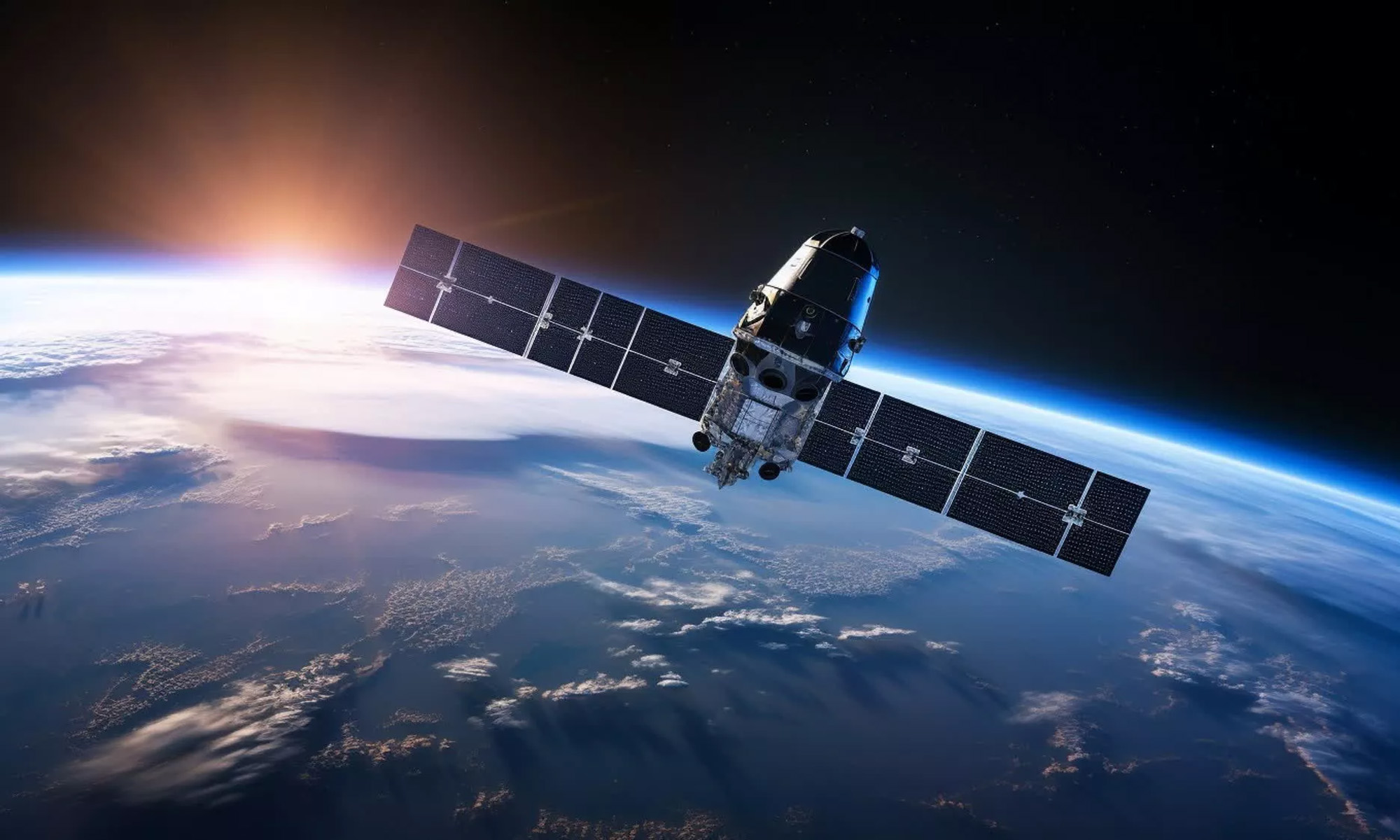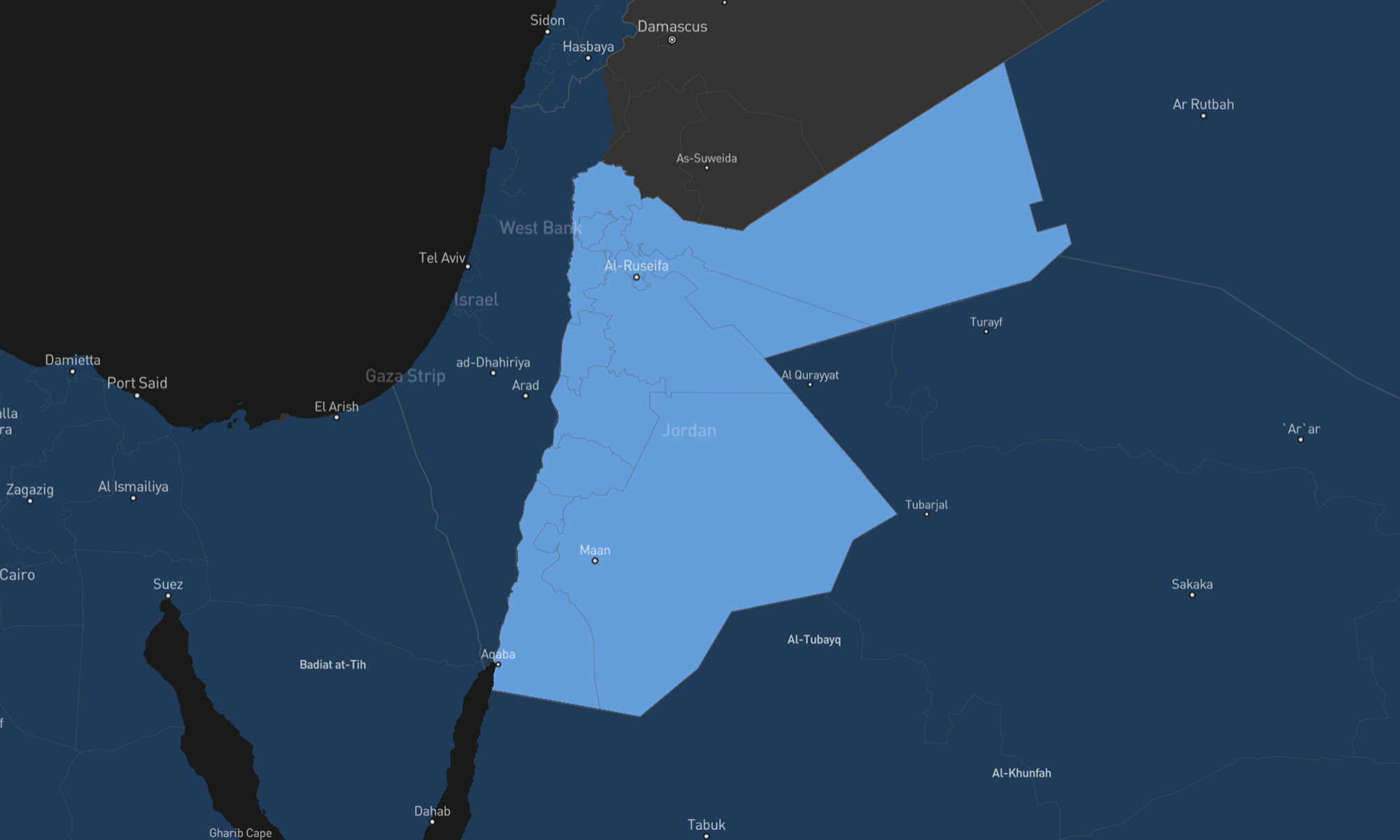News
Viasat Satellite Messaging Tech Showcased In Saudi Arabia
The direct-to-device (D2D) demonstration highlighted the technology’s potential to revolutionize remote communication.

Satellite communications firm Viasat announced yesterday that it had completed its first demonstration of direct-to-device (D2D) satellite connectivity technology in Saudi Arabia. The live broadcast took place during the “Connecting the World from the Skies” event in Riyadh, organized by Saudi Arabia’s Communications, Space & Technology Commission (CST) alongside the International Telecommunication Union (ITU).
Attendees witnessed successful satellite-based two-way messaging and SOS alerts sent using commercial Android smartphones and a combination of Viasat’s robust L-band satellite network and the Bullitt over-the-top messaging app. Signals were transmitted using the company’s L-band spacecraft positioned over the Indian Ocean, while the infrastructure for 3GPP NTN services was deployed by Viasat’s partner Skylo.
Sandeep Moorthy, Viasat’s Chief Technical Officer, emphasized the significance of the demonstration, explaining, “By expanding our direct-to-device innovation to the Kingdom of Saudi Arabia, we’re showcasing the potential for D2D services in the fast-growing Gulf and Asia-Pacific region. D2D could help reduce barriers to connectivity in regions where terrestrial services are spotty and unavailable to help transform industries and supply chains, enable new opportunities, and to become more efficient, sustainable and safer. We’d like to thank the CST for their support in carrying out this exciting demonstration”.
Also Read: Joby Begins Construction Of Dubai’s First Vertiport For Air Taxis
D2D technology allows devices like smartphones, vehicles, and industrial equipment to connect seamlessly to both satellite and terrestrial networks. Unlike traditional satellite setups, D2D eliminates the need for extra hardware, thanks to emerging global standards that are gaining traction among satellite operators, mobile network providers, and tech manufacturers.
What makes this approach particularly promising is that Viasat uses a licensed, dedicated satellite spectrum to deliver its D2D services. This avoids any interference with existing terrestrial networks, allowing smooth integration with mobile network operators in the future.
The demonstration clearly showed the potential of D2D technology to bridge connectivity gaps in remote regions while opening up opportunities for innovation, improved safety, sustainability, and efficiency.
News
Starlink Launches Satellite Internet Service In Jordan
The space-based service will increase internet penetration in remote areas and push forward the nation’s digital growth agenda.

Jordan has taken a significant step forward in its digital development by introducing satellite internet services in partnership with global provider Starlink. The move, revealed at a recent press conference hosted by the Telecommunications Regulatory Commission (TRC), is part of a broader strategy to expand high-speed internet access, especially in remote or underserved areas.
Starlink’s high-speed, low-latency internet is now available in Jordan!
→ https://t.co/i5IUj2EtDA pic.twitter.com/ep5y18ChZf
— Starlink (@Starlink) April 9, 2025
TRC Chairman Bassam Sarhan described the launch as “a significant milestone for the telecommunications sector,” highlighting the role of low Earth orbit satellites in connecting areas that traditional infrastructure simply can’t reach.
According to Sarhan, the introduction of Starlink’s service marks more than just a technological update — it’s a strategic investment in national progress. “The introduction of satellite-based internet reflects our commitment to building inclusive, modern digital infrastructure across Jordan,” he said. The initiative is expected to enhance economic prospects, reduce digital inequality, and raise the standard of digital services across the country.
Behind the scenes, the licensing process involved detailed technical evaluations to ensure everything met both local and international regulatory benchmarks. The TRC collaborated closely with Starlink to customize the offering for Jordan’s unique geographic and market needs. Sarhan also assured that the new satellite internet would be held to the same consumer protection and service quality standards as traditional broadband options.
“This development enables us to extend reliable, high-speed internet service to every corner of the country,” Sarhan added.
This launch supports Jordan’s Economic Modernization Vision, which places digital infrastructure at the heart of its long-term strategy for growth and global competitiveness. The TRC emphasized that it will continue to build a regulatory framework that balances innovation with public accountability.
Also Read: Rabbit Expands Hyperlocal Delivery Service In Saudi Arabia
Lauren Dreyer, Starlink’s Vice President of Business Operations, echoed those sentiments. “This initiative is about opening new opportunities in sectors like education, healthcare and business across every square kilometer of the country,” she said. Dreyer also confirmed that pricing details for both residential and business users would be available through Starlink’s official channels.
With this rollout, Jordan joins a growing list of nations tapping into satellite internet to bridge the connectivity gap. The service is expected to speed up digital access, stimulate economic development, and offer a more level playing field for internet users throughout the country.

























